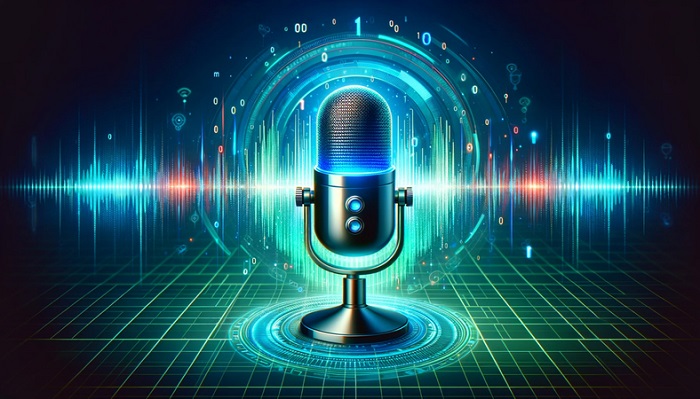Voice generators are finding wide application and opening up new possibilities for users.
I remember the first time I stumbled across a voice generator. It was just a basic online tool that read my text out loud. Nothing fancy. But it made me pause—because even something that simple had real impact. Now, fast forward a few years, and this kind of tech is doing way more than reading emails or making robotic announcements. It’s becoming part of how we work, create, and connect.
At first, I thought it was mostly for people who needed accessibility tools. But the more I explored, the more I realized how often it pops up in daily life—from podcasts and audiobooks to digital assistants and learning apps.
It’s Not Just About Reading Text Anymore
A lot has changed since those early, monotone voices. Today’s voice generator technology is a lot more advanced—and a lot more natural. The goal now isn’t just to “read” something. It’s to sound like a real person. With emotion, rhythm, even personality.
Think about how useful that is. You can turn any script into audio in seconds, without needing a microphone or studio. Teachers can prepare spoken lessons. Writers can hear how their work sounds aloud. People learning new languages can listen instead of just reading. It’s quick, flexible, and surprisingly personal.
The Human Side of Synthetic Voices
It’s easy to forget that even though a voice might be digital, it still plays a very human role. People use these tools to tell stories, to explain, to comfort, or to teach. And that makes the tone and sound really important.
When a voice generator is done right, it doesn’t feel fake. It feels like someone is there, talking to you—not at you. That’s why developers put so much effort into making voices sound friendly, calm, energetic, or whatever the moment needs. Because in the end, we all respond to how something sounds, not just what it says.
More Than Just a Tool for Creators
One thing that surprised me is how many different types of people now use this tech. Sure, content creators rely on it to save time or to produce things in multiple languages. But so do busy professionals who want to create quick presentations. Or parents who record bedtime stories with custom voices.
I’ve even seen small businesses use voice generator platforms to add voices to product demos or explainer videos. And not just in English—tools are getting better at working across languages, which makes global communication way easier.
It’s no longer about replacing voices—it’s about giving more people a chance to use one, even if they’re shy, short on time, or working behind the scenes.
Where This All Might Be Going
Looking ahead, it seems like we’ll keep hearing more synthetic voices—but fewer people will notice. That’s actually a good thing. It means the tech is working the way it should: quietly, effectively, and naturally.
As it gets more advanced, we’ll probably see voices that can respond in real time, change tone depending on emotion, or even match a person’s speaking style. And hopefully, it’ll all stay easy to use, so anyone can make something meaningful with just a few clicks.
In the end, a voice generator is just a tool. But what you do with it—that’s where the real magic happens.




